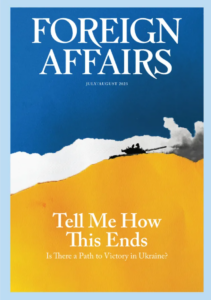 For all the tensions and divisions, both within and between the two parties, the current environment in which U.S. foreign policy is shaped is not that different from what it was in past decades, notes Jordan Tama, Provost Associate Professor at American University’s School of International Service and the author of the forthcoming book Bipartisanship and U.S. Foreign Policy: Cooperation in a Polarized Age.
For all the tensions and divisions, both within and between the two parties, the current environment in which U.S. foreign policy is shaped is not that different from what it was in past decades, notes Jordan Tama, Provost Associate Professor at American University’s School of International Service and the author of the forthcoming book Bipartisanship and U.S. Foreign Policy: Cooperation in a Polarized Age.
Consider a new study of congressional voting data, which shows the continued coexistence of bipartisanship and division over U.S. foreign policy. Of 424 important foreign policy roll call votes from 1991 to 2020, majorities of House Democrats and Republicans voted together 49 percent of the time, and the figure in the Senate was 53 percent. Strikingly, these rates of bipartisan voting on foreign policy remained rather steady, at 48 and 43 percent, respectively, during Trump’s presidency. In short, bipartisanship is still common in U.S. foreign policy [including on advancing democracy, experts attest], he writes for Foreign Affairs:
According to the ‘Lugar Report,’ published by the National Endowment for Democracy (NED), there has long been “a robust bipartisan consensus within the U.S. on on the value, legitimacy, and political integrity of democracy assistance [and….. on the desirability and effectiveness of democracy assistance through non-governmental efforts.”







